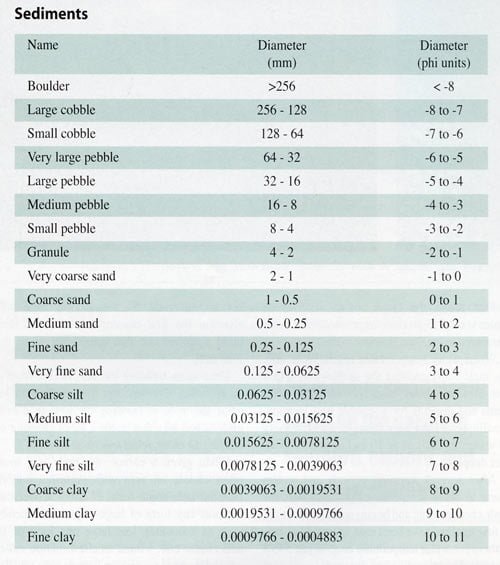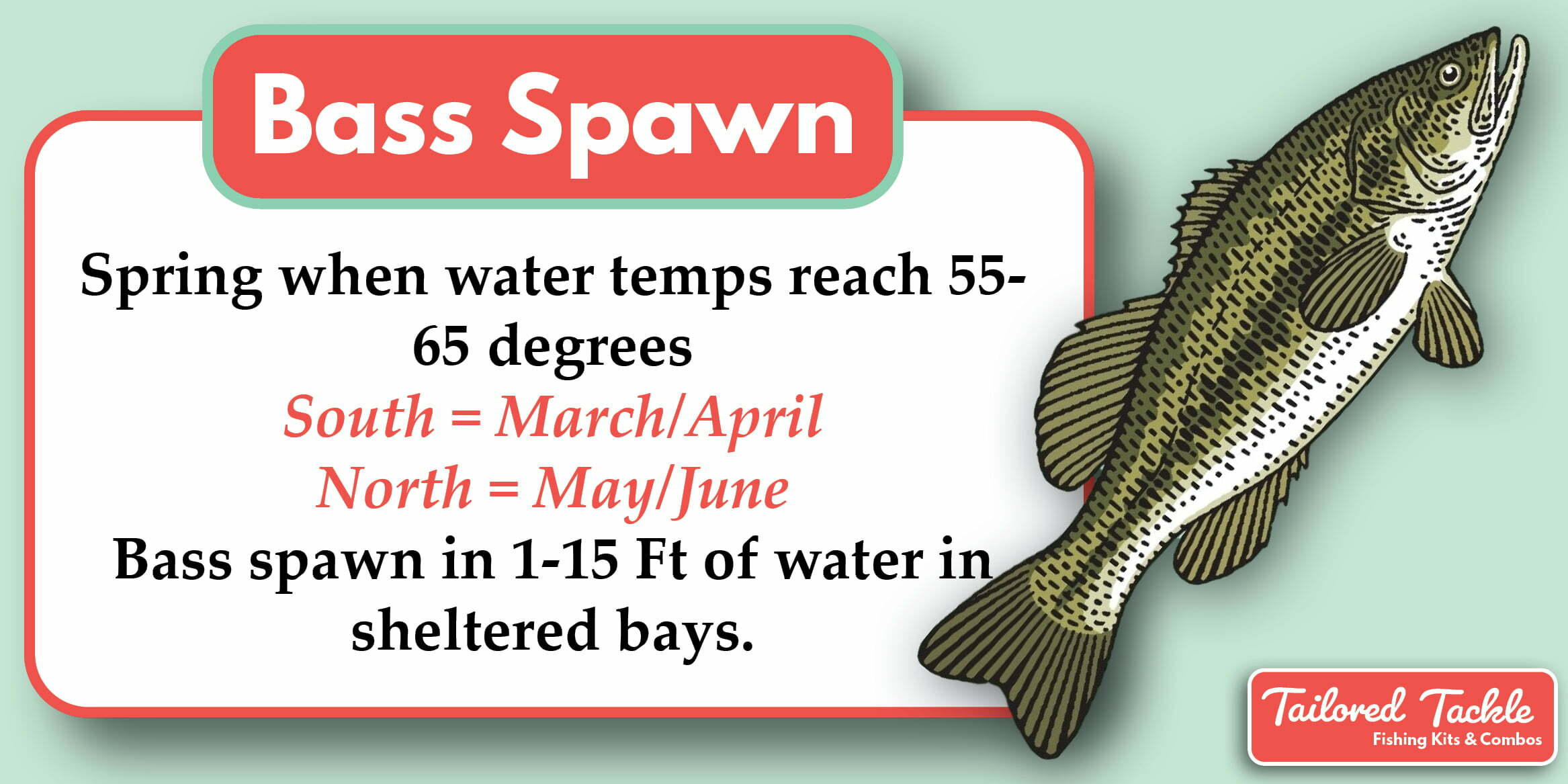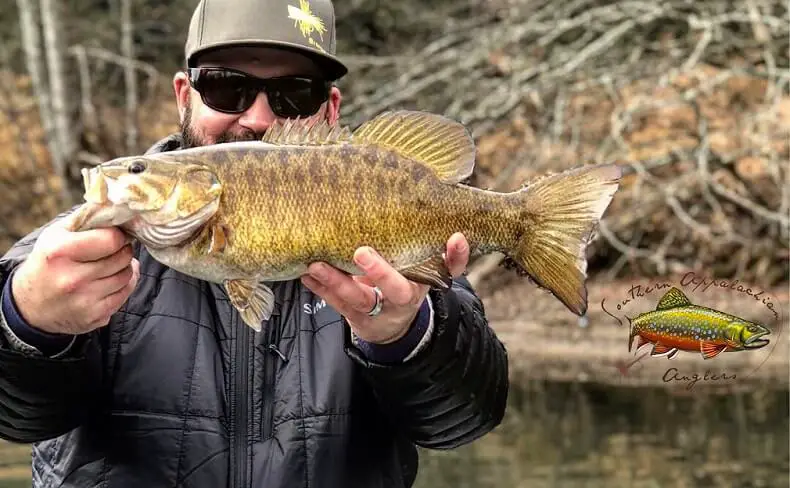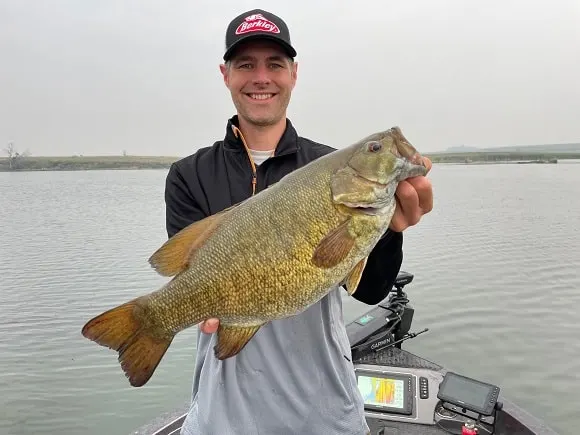Have you ever wondered what temperature smallmouth bass prefer during their spawning season? Understanding the ideal water temperature for smallmouth bass spawning can greatly enhance your fishing experience. In this article, we will explore the optimal water temperature range that these feisty fish seek out when it’s time to reproduce. So, grab your fishing gear and get ready to learn all about the preferred water temperature for smallmouth bass spawning.

Factors influencing smallmouth bass spawning
Smallmouth bass spawning is influenced by several key factors. These factors include water temperature, photoperiod (the amount of daylight), dissolved oxygen levels, the availability of suitable habitat, water clarity, food availability, and the fish’s reproductive readiness. Understanding these factors is crucial for anglers and fisheries managers to promote successful smallmouth bass reproduction.
Water temperature as a crucial factor
Water temperature plays a vital role in smallmouth bass spawning. The temperature of the water can greatly impact the behavior and reproductive success of this species. Smallmouth bass have specific temperature preferences for successful spawning, and varying temperatures can have a range of effects on their reproductive activities.
Preferred temperature range for spawning
Smallmouth bass generally prefer water temperatures between 55 to 65 degrees Fahrenheit for spawning. This temperature range is considered optimal for successful reproduction. Within this range, the fish exhibit certain behaviors that indicate their readiness to spawn.
Effects of cold water temperatures
Cold water temperatures can delay or inhibit smallmouth bass spawning. When the water is too cold, smallmouth bass may postpone their spawning activities until the temperature rises to a more suitable level. Additionally, cold temperatures can decrease the reproductive success of smallmouth bass, leading to lower survival rates of eggs and fry.

Effects of warm water temperatures
On the other hand, warm water temperatures can accelerate smallmouth bass spawning. When the water becomes warmer than the preferred range, smallmouth bass may exhibit spawning behaviors earlier than usual. However, prolonged exposure to warmer temperatures can also have negative effects, such as decreased parental care and lower hatching success rates.
Optimal temperature for successful spawning
The optimal temperature for successful smallmouth bass spawning falls within a specific window. The ideal temperature range for higher hatch rates and overall reproductive success varies from location to location, but generally falls within the range of 60 to 65 degrees Fahrenheit. Furthermore, it is worth noting that water temperature can also influence the sex of smallmouth bass, as it plays a part in temperature-dependent sex determination.

Photoperiod’s role in triggering spawning
In addition to water temperature, the photoperiod, or the amount of daylight, also plays a crucial role in triggering smallmouth bass spawning. The interaction between light and temperature influences the timing and onset of spawning activities in this species.
Shortened days and spawning
As the days begin to shorten during the fall season, smallmouth bass may experience the necessary signal to initiate spawning. The decreasing daylight duration triggers physiological changes in the fish, preparing them for reproductive activities.

Lengthened days and spawning
Conversely, as the days start getting longer during the spring season, smallmouth bass may perceive this as an indication to begin their spawning activities. The increasing photoperiod acts as a cue for the fish to start their reproductive behaviors, alongside the optimal water temperature conditions.
Dissolved oxygen levels
Another important factor influencing smallmouth bass spawning is the level of dissolved oxygen in the water. Adequate oxygen levels are crucial for the successful development and survival of smallmouth bass eggs and fry.

Importance of adequate oxygen levels
Sufficient dissolved oxygen in the water is vital for the respiratory function of smallmouth bass during the spawning period. Insufficient oxygen can lead to stressful conditions and potentially harm the reproductive success of the fish.
Preferred oxygen range for successful spawning
Smallmouth bass prefer water with dissolved oxygen levels ranging between 6 and 10 parts per million (ppm) for successful spawning. When the oxygen level falls below this range, it can negatively impact the health and survival of the eggs and fry.
Effects of low oxygen levels
Low oxygen levels during spawning can result in decreased hatching success rates, reduced growth and survival rates of the offspring, and even increased vulnerability to diseases and predators. Maintaining suitable dissolved oxygen levels is essential to support the reproductive efforts of smallmouth bass.
Availability of suitable habitat
The availability of suitable habitat is another crucial factor that influences smallmouth bass spawning. Nesting and spawning site requirements, including the preferred substrate for nests, are determinants of successful reproduction.
Nesting and spawning site requirements
Smallmouth bass require specific nesting and spawning sites to carry out their reproductive activities. They prefer clean and gravelly substrates where the male can construct a nest by clearing away debris. The suitability of the habitat greatly impacts the chances of successful smallmouth bass reproduction.
Influence of water temperature on habitat selection
Water temperature directly affects the availability of suitable spawning habitat for smallmouth bass. Warmer water temperatures provide a more favorable environment for the development and survival of the eggs and fry. Therefore, fluctuations in water temperature can influence the selection and quality of nesting sites.
Reproductive readiness
The reproductive readiness of smallmouth bass is influenced by various internal and external factors. Maturation, timing, and physiological changes all contribute to the overall readiness of the fish to engage in spawning activities.
Maturation and readiness for spawning
Before smallmouth bass can reproduce, they must reach sexual maturity. The age at which fish become sexually mature can vary, but it typically ranges from two to four years old. Once sexually mature, smallmouth bass undergo physiological changes and behavioral shifts that signify their readiness for spawning.
Factors affecting reproductive readiness
Several factors can influence the reproductive readiness of smallmouth bass. These factors include the availability of suitable habitat, food availability, water temperature, and the overall health and condition of the fish. Adequate resources and optimal conditions greatly enhance the reproductive readiness of smallmouth bass.
Timing of spawning activities
Smallmouth bass exhibit spawning activities during specific times of the year, usually during the spring season. The timing of their reproductive behaviors is influenced by a combination of factors, including water temperature, photoperiod, and the fish’s reproductive readiness. These factors align to create the optimal conditions for successful smallmouth bass spawning.
In conclusion, smallmouth bass spawning is influenced by several interrelated factors. Water temperature, photoperiod, dissolved oxygen levels, the availability of suitable habitat, water clarity, food availability, and the fish’s reproductive readiness all play essential roles in determining the success of smallmouth bass reproduction. Understanding these factors and how they interact is crucial for promoting healthy populations of smallmouth bass and ensuring their continued presence in our freshwater ecosystems.



